

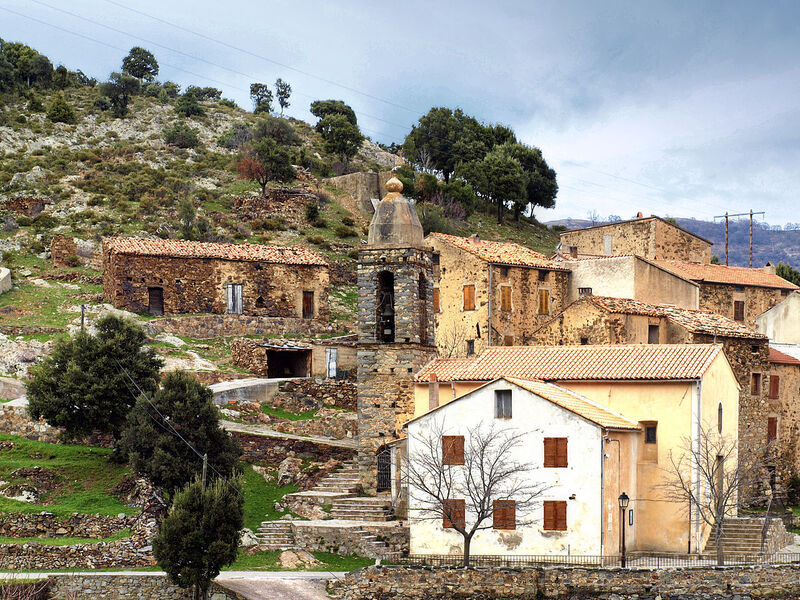
San Salvatore church was built in the 16th century to replace the pieve (parish church) of San Giovanni d'Olmi Cappella which was abandoned towards the end of the 15th century. The church houses some remarkable works. The main altar is dedicated to the Holy Saviour.


The current town hall adjoins San Salvadore church. It used to be the chapel of the Santa Croce friary which, having merged with the friaries of the three other villages of Ghjunsani, is now part of the new San Parteu friary of Pioggiola.


Saint Nicholas church was built in the late 16th century in an "all'antica" design; it is of Baroque style with architectural features dating from an earlier period, the late Romanesque era.

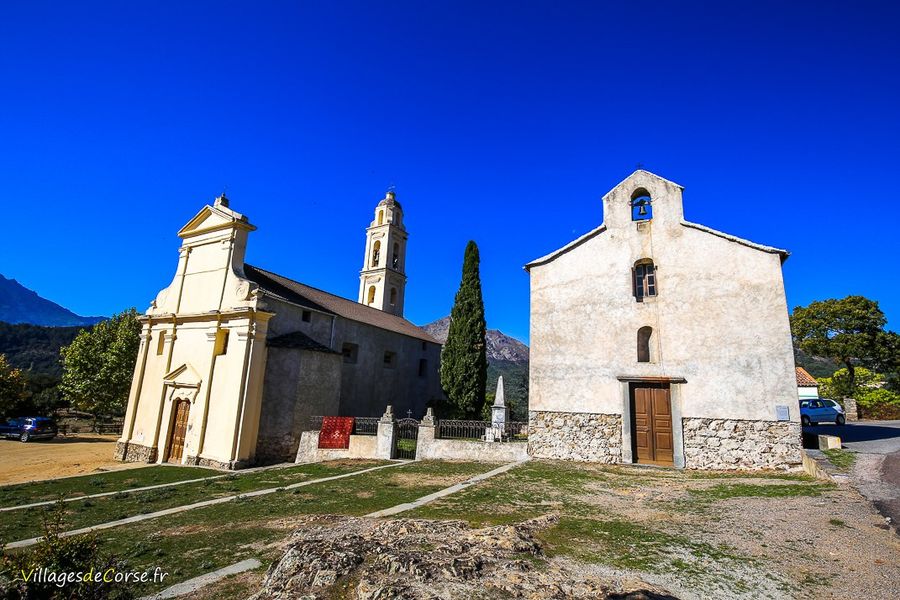
Formalised on 12 May 1995 in Pioggiola during the Saint Pancras celebrations, the friary of San Parteu now has 31 members.

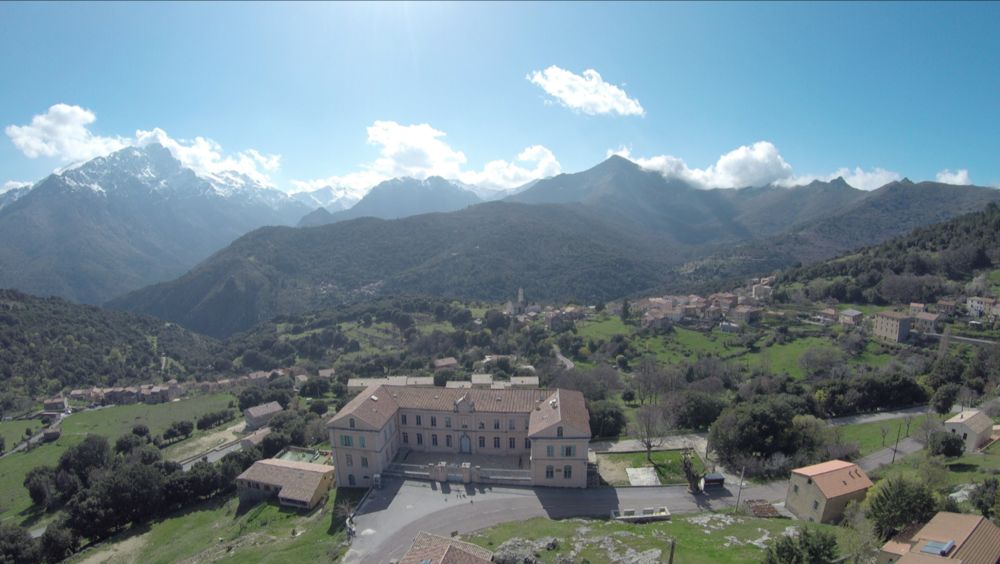
This impressive building was built in 1902 thanks to a donation from a "local boy", an 18th-century trader who had made his fortune in Egypt. It was the first college ever built in Balagne.

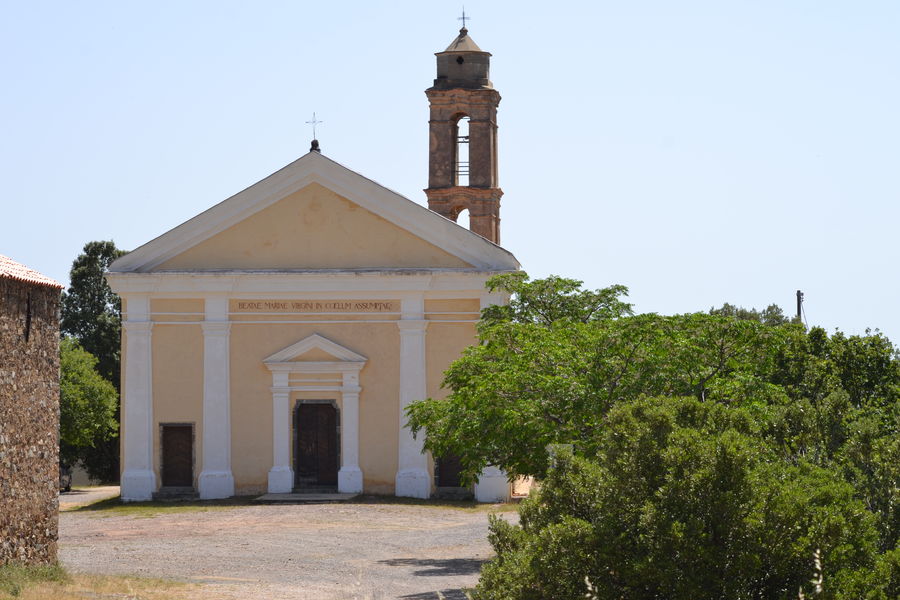
Dedicated to the Virgin Mary, this church was built in the 13th century and reworked during the 16th. On 15 August, it hosts a performance of polyphonic hymns from the village by the cantor of the San Parteu friary. It used to be a pilgrimage venue for the entire Balagne region on 12 May, St Pancras day.

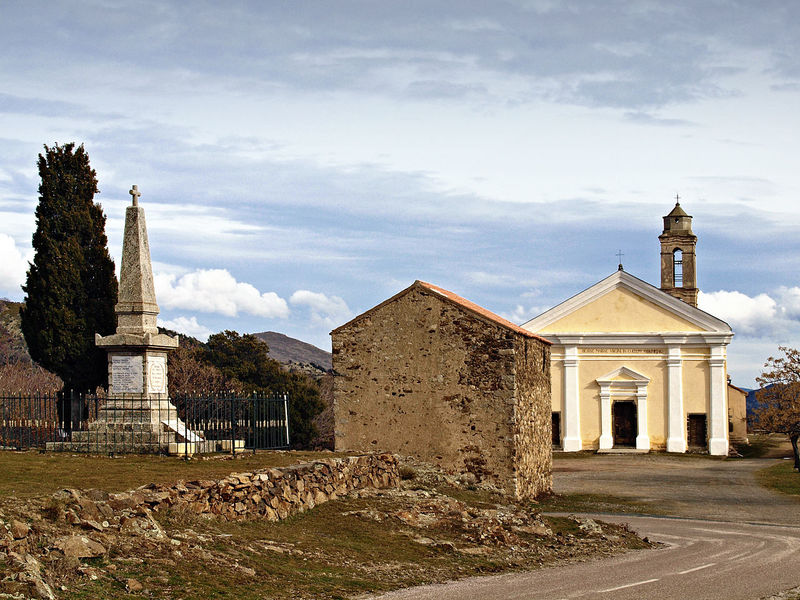
Sainte-Croix has become the chapel of the San Parteu friary. Until 1935, an Easter Monday procession took place from the chapel to the foot of Monte San Parteo in honour of St Parthée, the 5th-century saint who was popular in the Ghjunsani region.It contains four remarkable works, classified as Historic Monuments, all of which are the property of the commune: a still life painting on canvas painted in oil, from the 18th century, which comes from the Fesch collection; brotherhood seats (stalls for the confreres) in carved wood, waxed, dated from the beginning of the 18th century; a statue of the procession of Christ on the Cross, dated from the 18th century, in polychrome wood; a statue of the Virgin Mary in Majesty from the 18th century, in gilded polychrome wood.

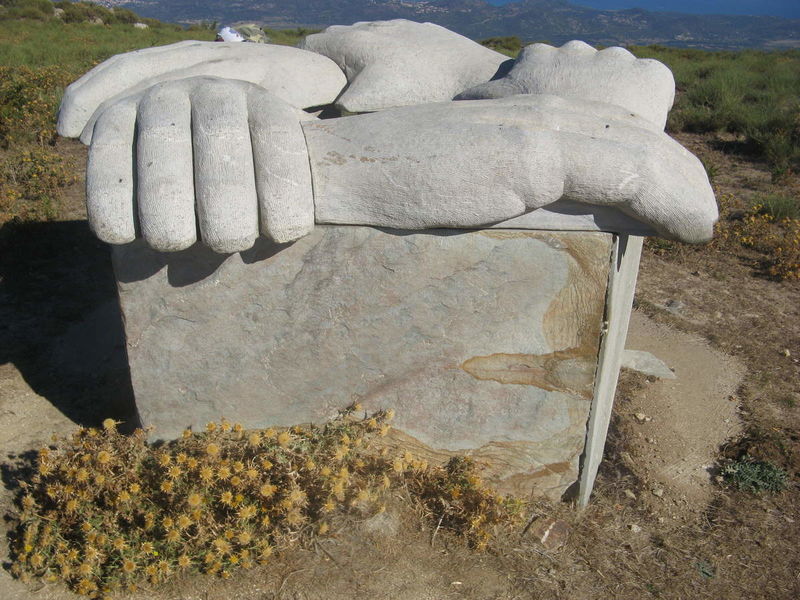
At an elevation of 1,100 metres, this sculpture represents mutual aid and solidarity, with five hands - the five continents - united for Peace. It was created by sculptors A-M Moretti, Andros, Dom, P. Pardon and M. Sabaty, on the basis of a drawing by a child, Arnaud Casanova.

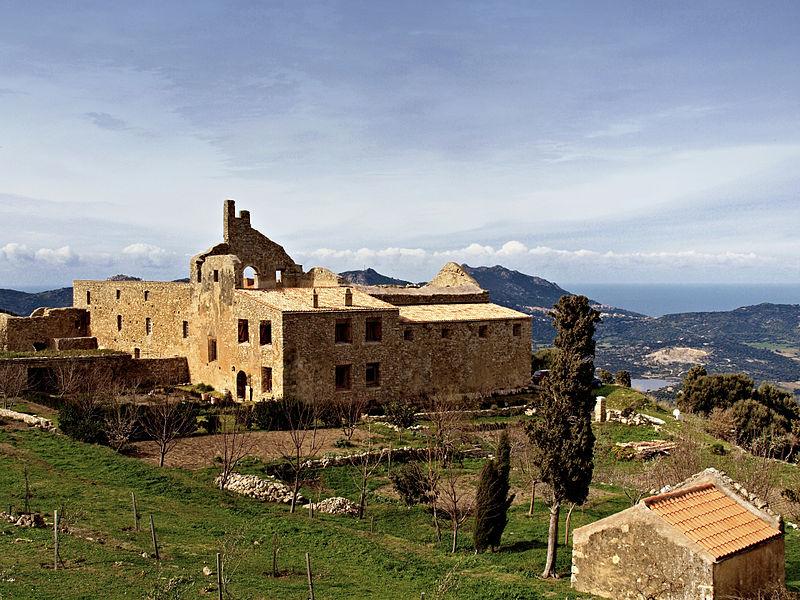
Built by the Capuchin monks in 1621, the convent was in ruins before being restored and converted into housing. It was made famous by a spring that supplied it with water from the Carignelli, an excellent cure for a number of ailments.

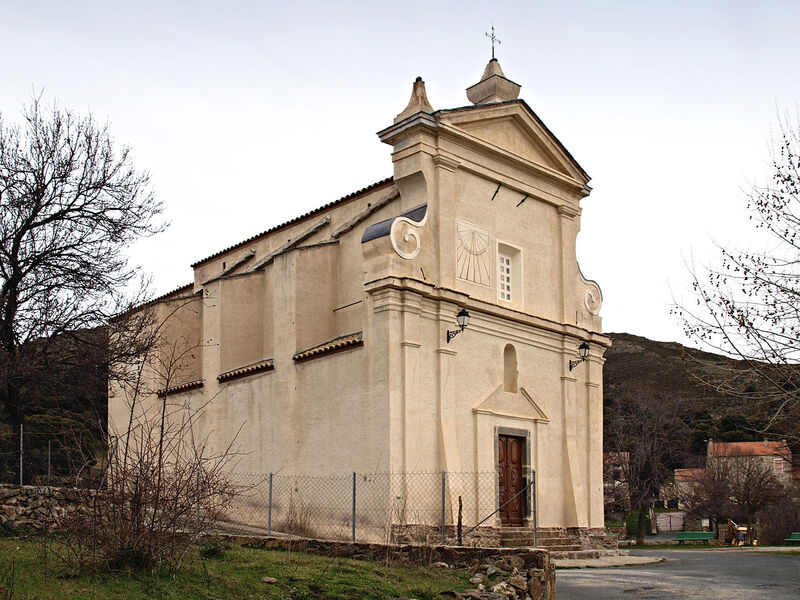
This church in the heart of the village was built in 1833 to replace the 13th-century San Quilicus church. It complies with the traditions of Baroque architecture and also features a war memorial. The interior underwent major restoration work in 1996.

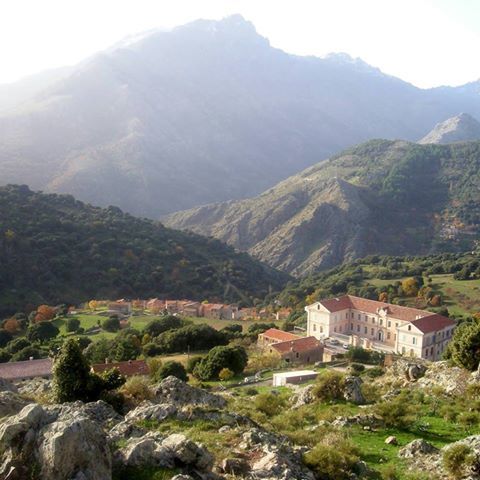
In a decor of rock, gushing mountain streams, chestnut trees and evergreen oaks, discover Olmi Cappella. The Casa Battaglini, the beating heart of the village, and the saviu verde, a majestic oak, are the features of this peace haven at the foot of the Ghjunsani mountains.

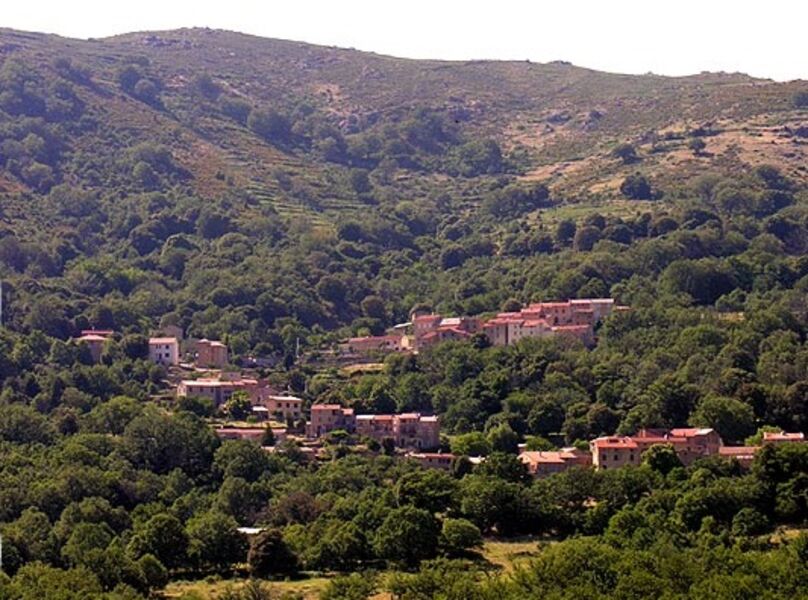
Discover the forces of nature in the heart of the Balagne mountains. Cool off in this small village in the shade of oak and chestnut trees. Pioggiola offers an alternative way to explore Balagne.

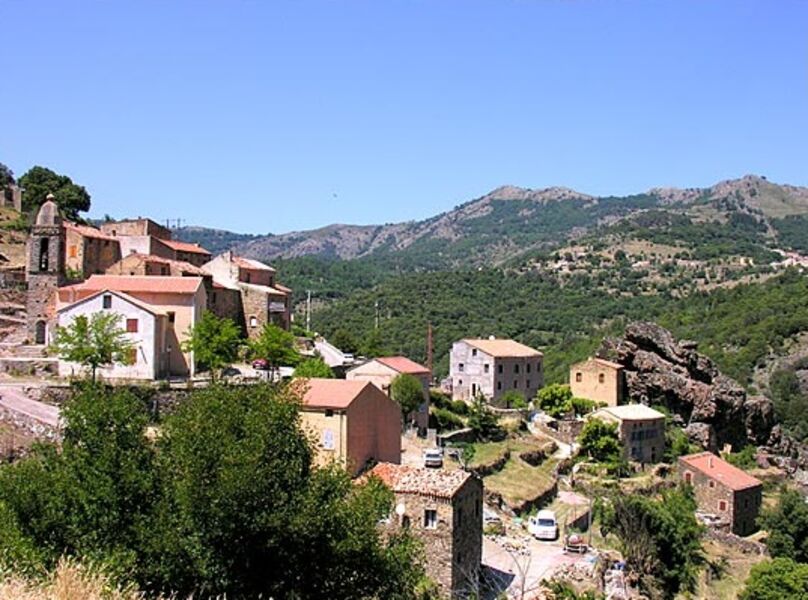
Enter the territory of the Parc Naturel Régional de Corse. Balagne offers you some of its treasures... A small village invites you to discover its curiosities. Between nature, history and myth, Mausoleo reveals its secrets.

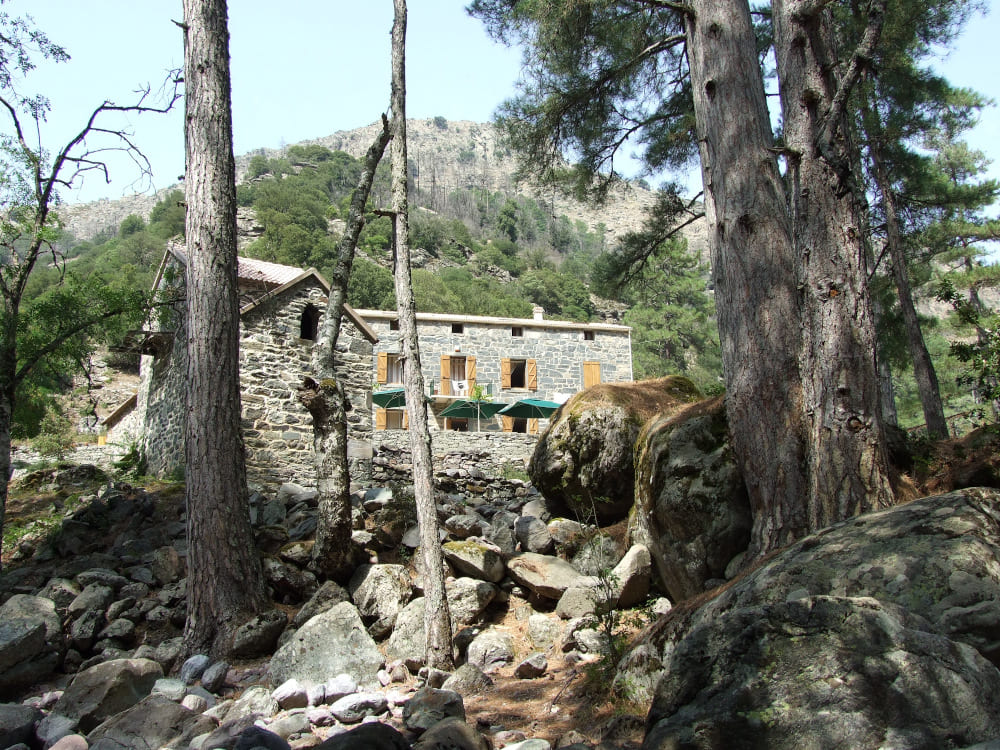
Below the road leading to the forest and river of Tartagine, discover this old building built in the 19th century. Originally used as a forest house, the building is now a gîte d'étape offering accommodation and food on the banks of the Tartagine river. An obligatory and tasty stopover for hikers, runners and cyclists.

San Parteu is one of the mountain peaks of Balagne. It rises to an altitude of nearly 1680m between the Melaghja Valley and the Fiumi di Regino Valley. It dominates Feliceto on its north-western side and Pioggiola on the north-eastern side. It borders the north-western part of the Corsican Regional Natural Park. It is the subject of a procession in July in memory of the saint who is said to have blessed the Balagne in the 5th century. The San parteu also gave its name to the brotherhood of Ghjunsani.
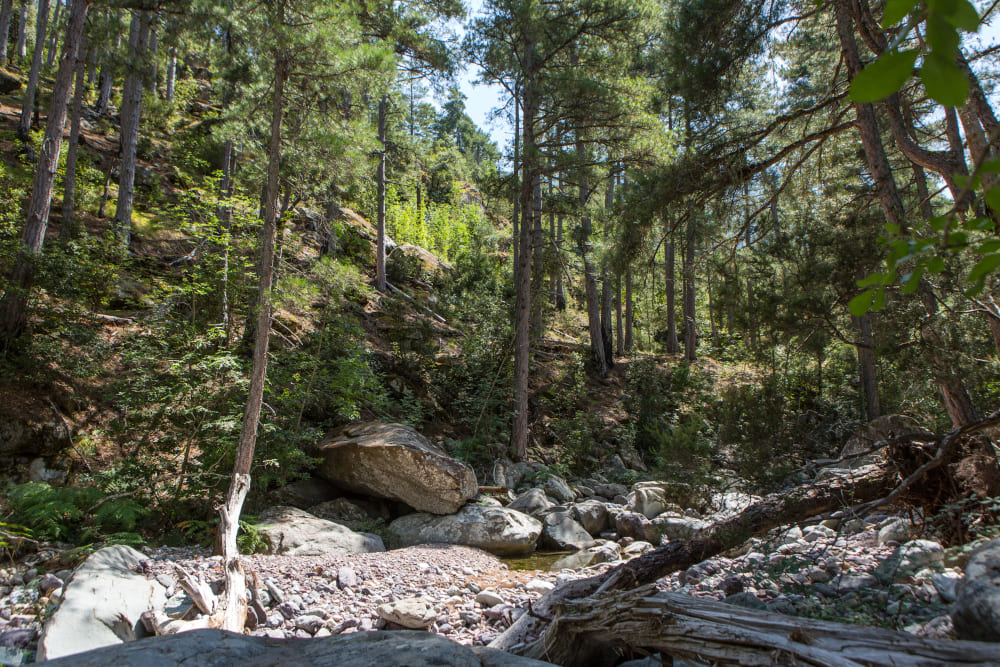
Come inside the wonderful world of Ghjunsani and delve deep inside one of the most beautiful forests in Corsica. Located inland, the forest is overlooked by the impressive Monte Padro, the peak of which reaches over 2,300 metres.
It was once an essential resource for Ghjunsani due to the diversity of wood species here, the sheer wealth of possibilities for hunting or foraging and the impressive open-spaces for sheep farmers. It is an ideal place for mountain grazing in the summer months.
Thanks to the diversity of Corsican pine trees, holm oak and holly, juniper and tree heath, the forest of Tartaghjine Melaghja (Tartagine Melaja) has managed to obtain the protection of Natural zone of ecological interest, fauna and flora (ZNIEFF in French), to ensure that these fragile species are protected. Holm oak and juniper are now protected species in a Natura 2000 area and recognised as wildlife habitats, sheltering the spotted salamander for example. Along your way, you will discover ash trees, birch trees, not to mention a large number of plant species such as Tartagine holly and foxglove.
A multitude of species have chosen to shelter in this heavenly place. Look around and you may catch a glimpse of a bearded vulture, golden eagle, the more discreet mouflon, the Northern goshawk, the Corsican nuthatch and the Corsican deer.

During the occupation of Corsica by Pisa and Genoa over several centuries, a large number of stone bridges were built between the 13th and 18th centuries. The number of these bridges testifies to the economic reorganisation of the island during the Genoese domination. These structures were fundamental to progress, as roads and bridges became essential for the transport of the island's main products: wheat, wine, olive oil and chestnuts, which were the basis of the island's food and economy.
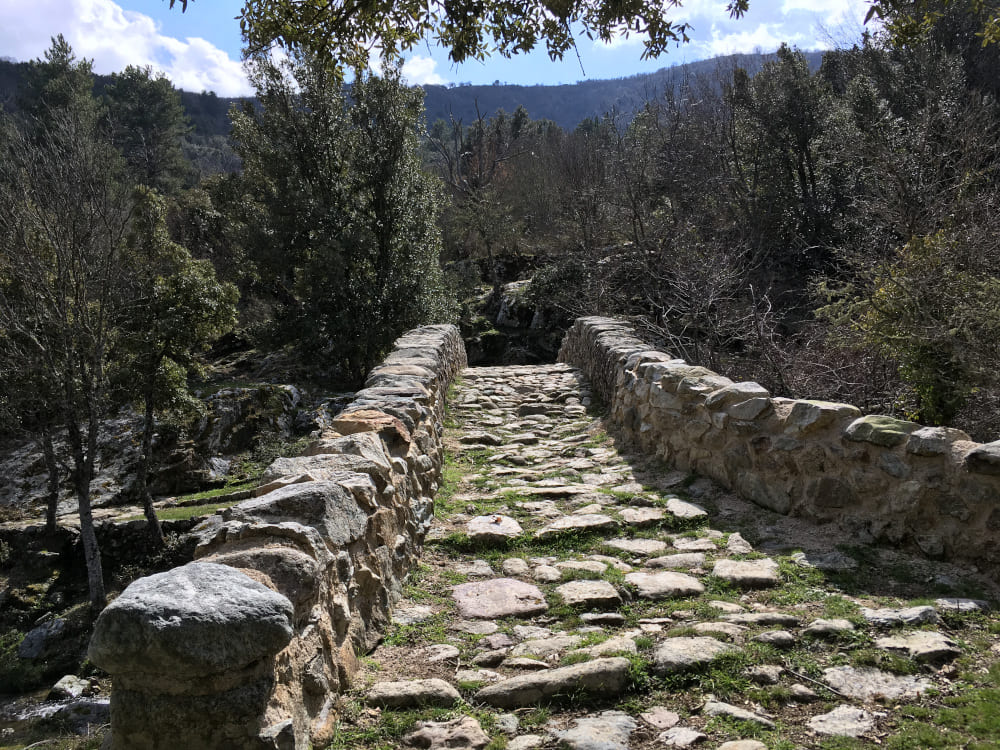
The Genoese and Pisan bridges are stone buildings, characterised by a humpback, a single arch and a narrow deck. They were built from the 12th century to the 18th century. However, it was especially in the 15th century that the Genoese administration decided to multiply them in order to revive the island's economy and to favour exchanges between isolated communities. Do not miss the aria (threshing floor).




